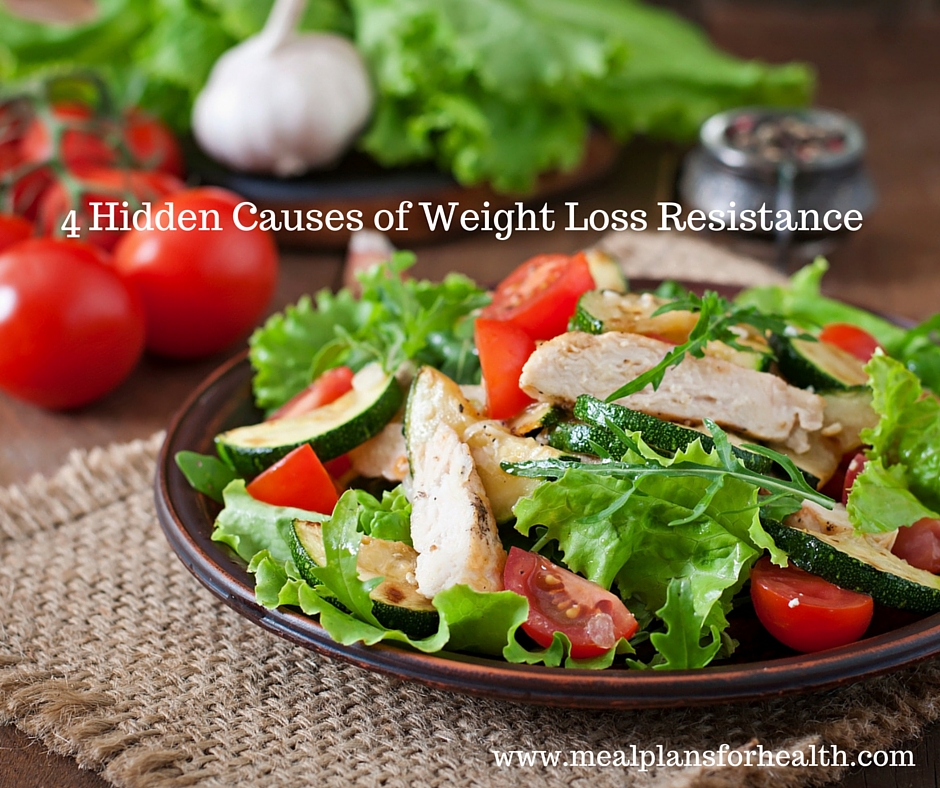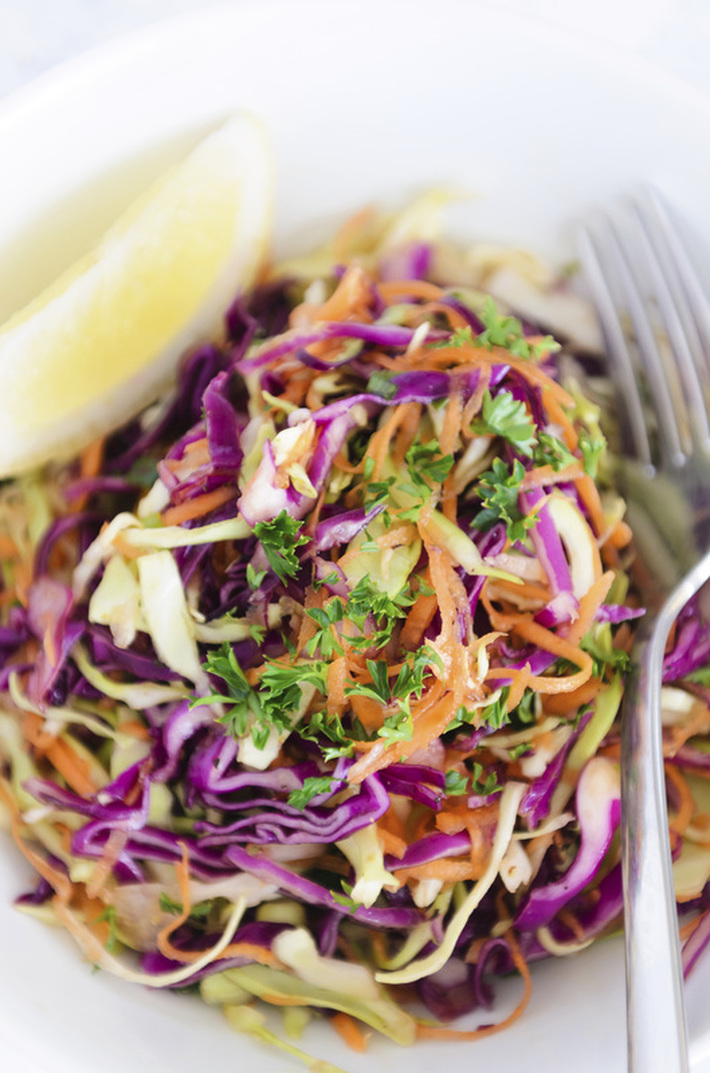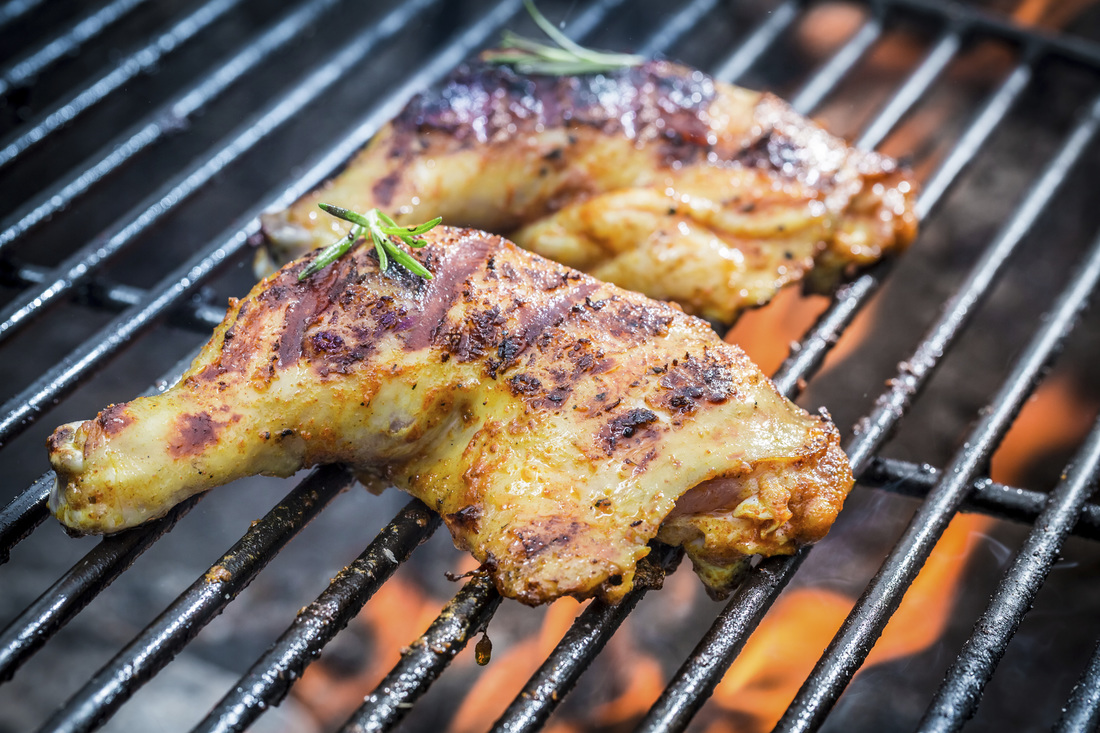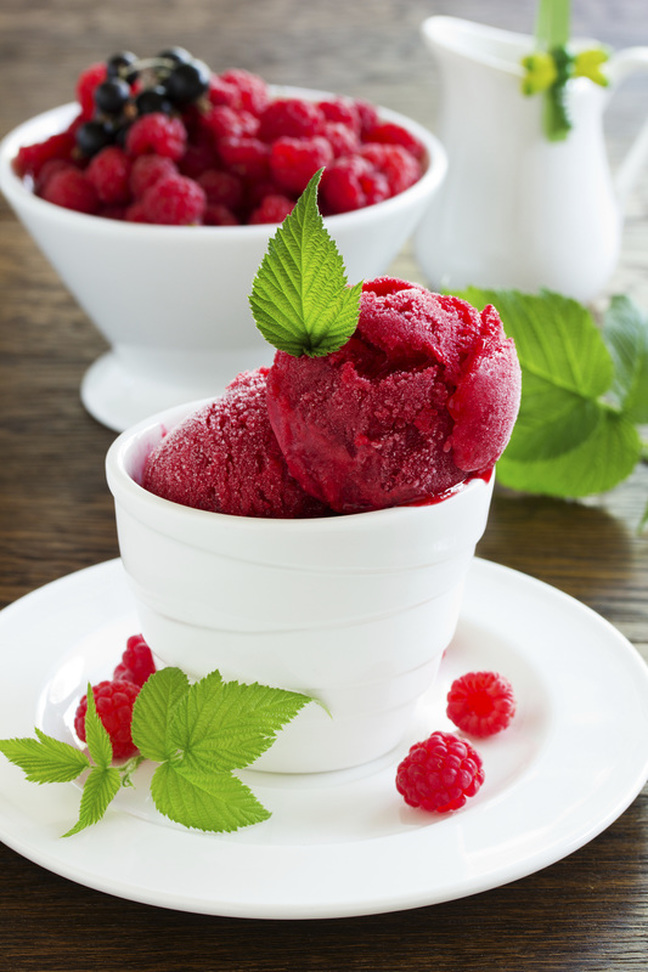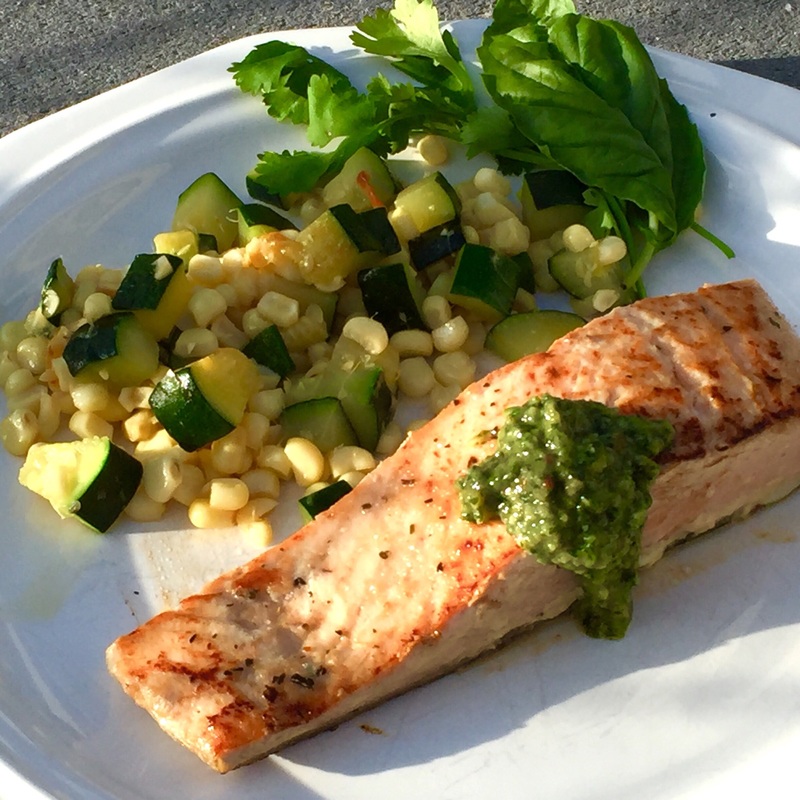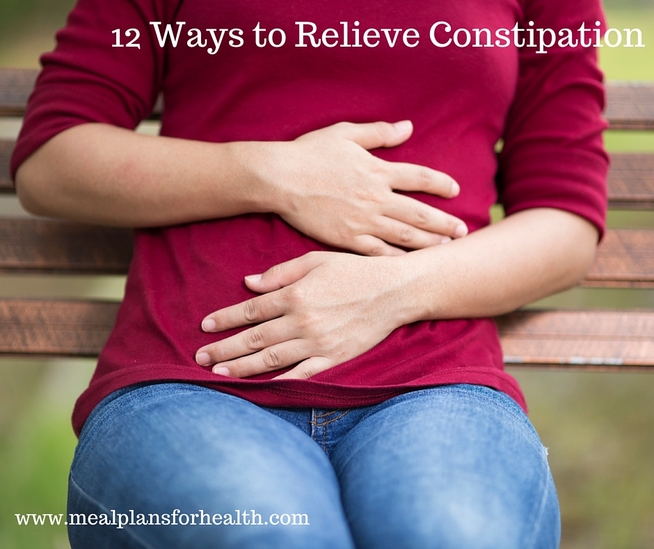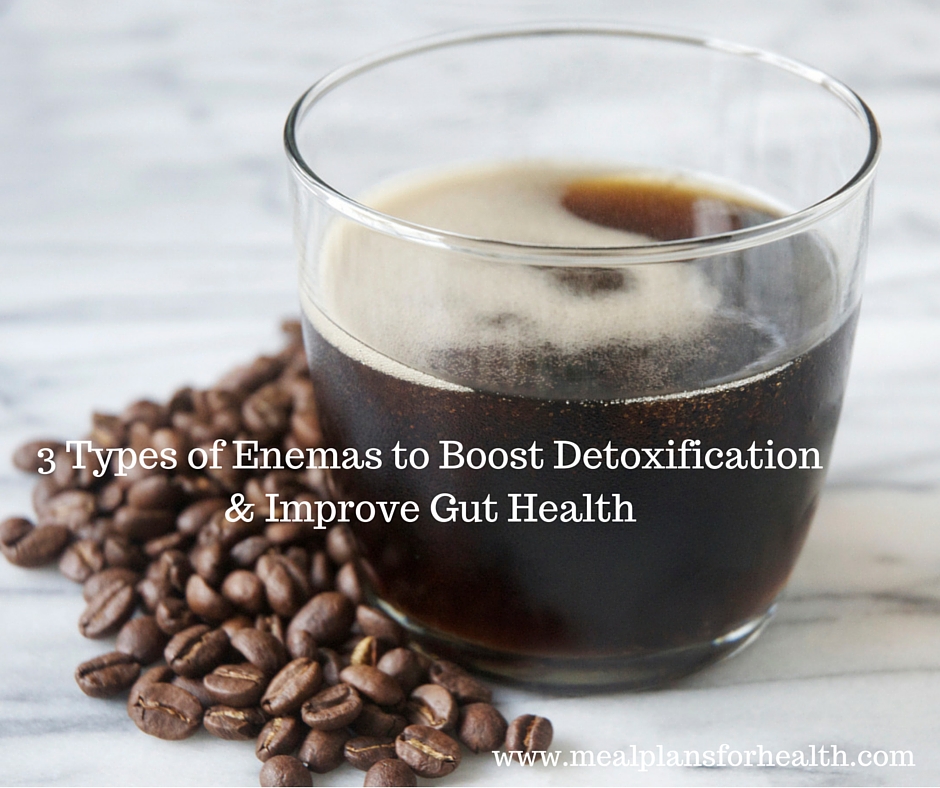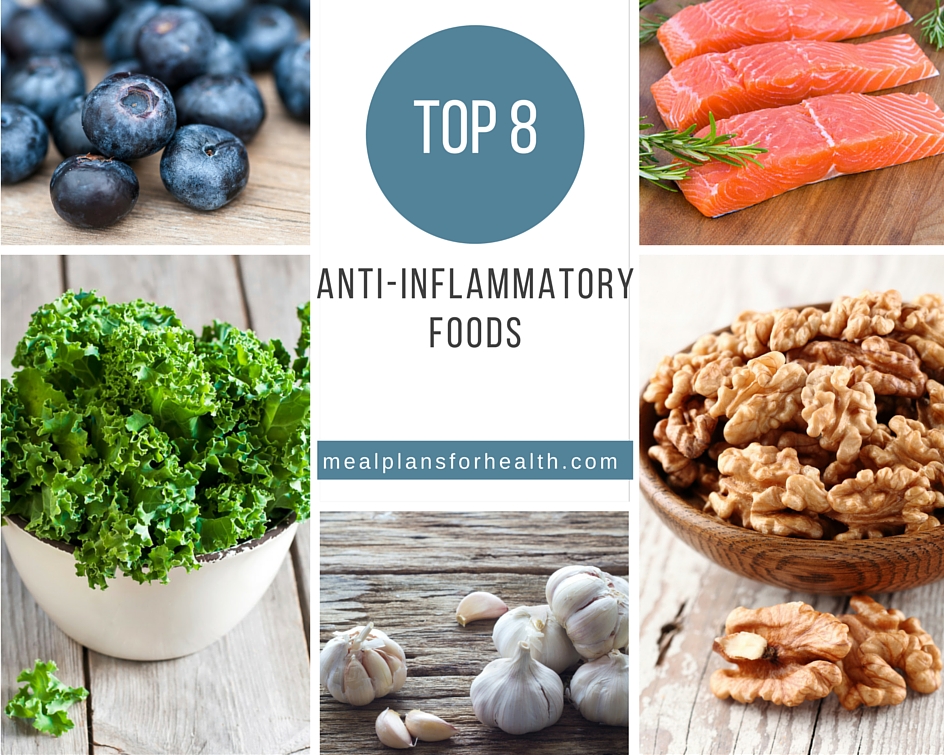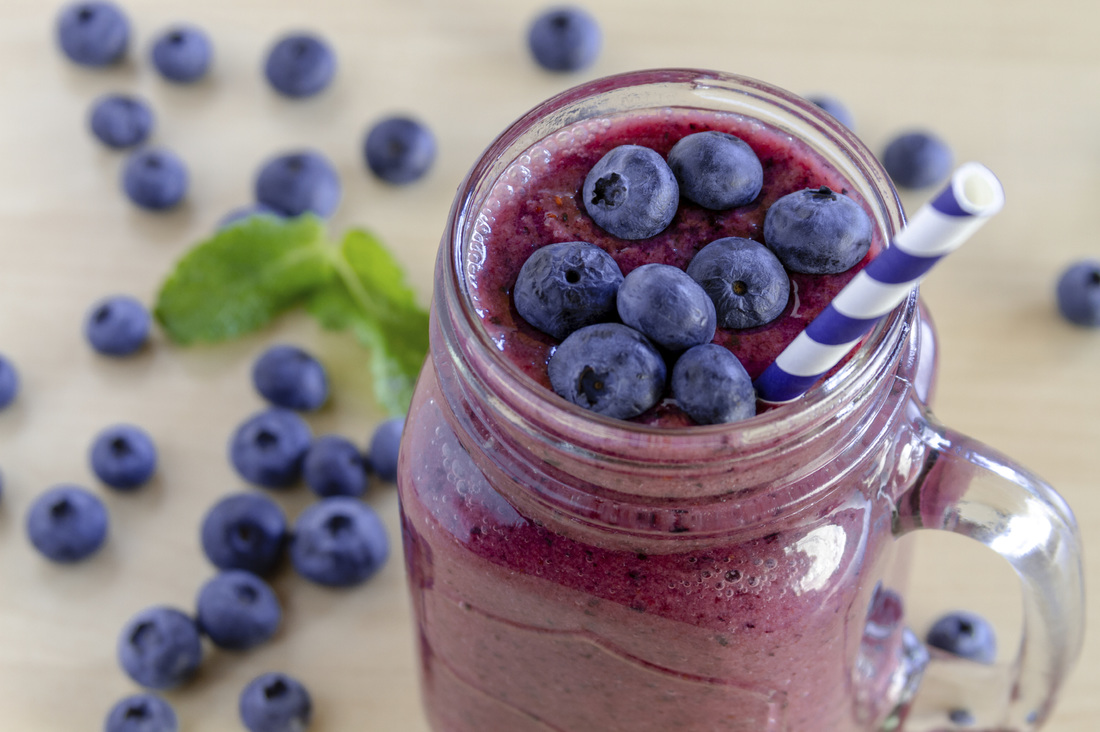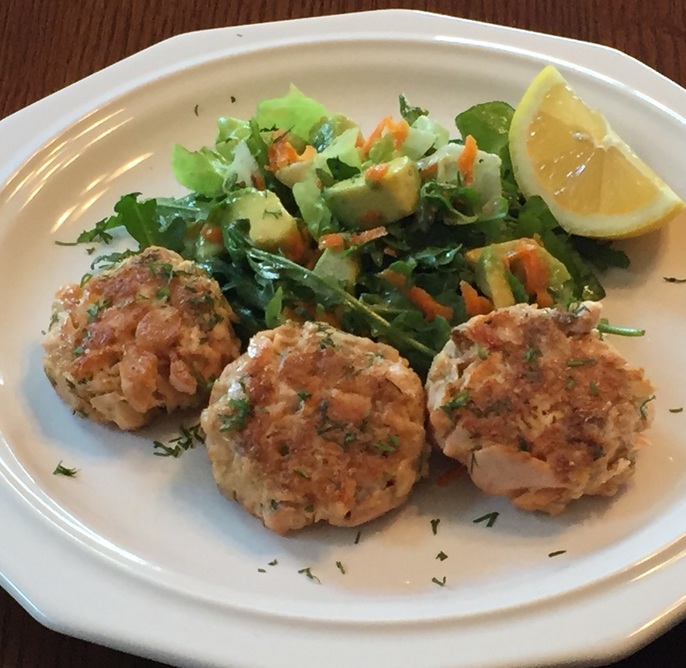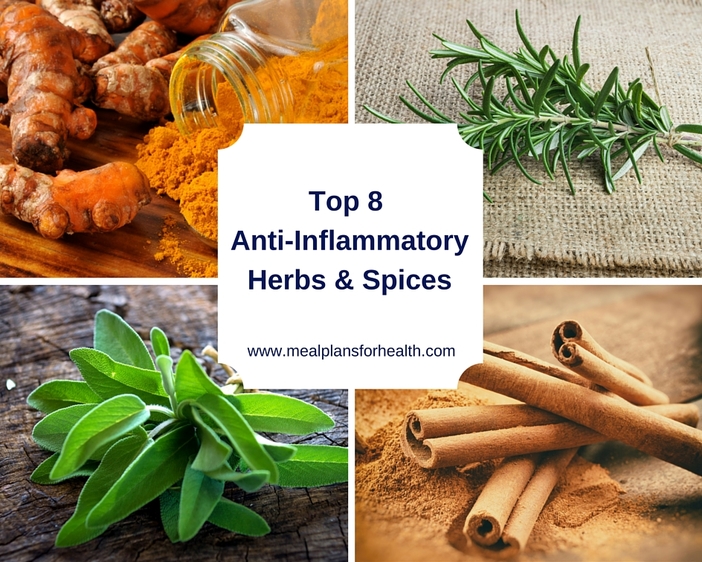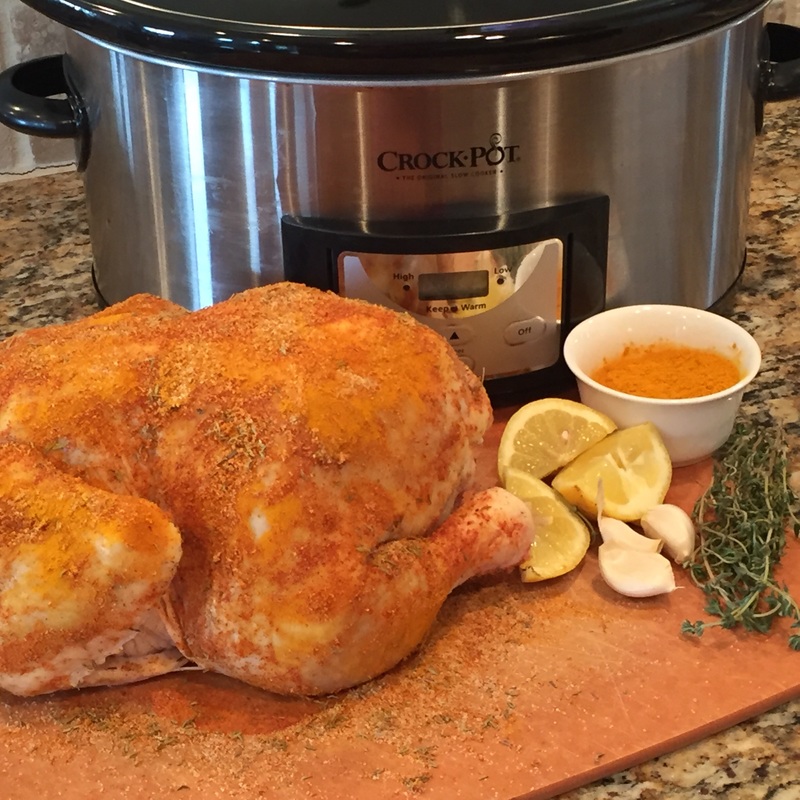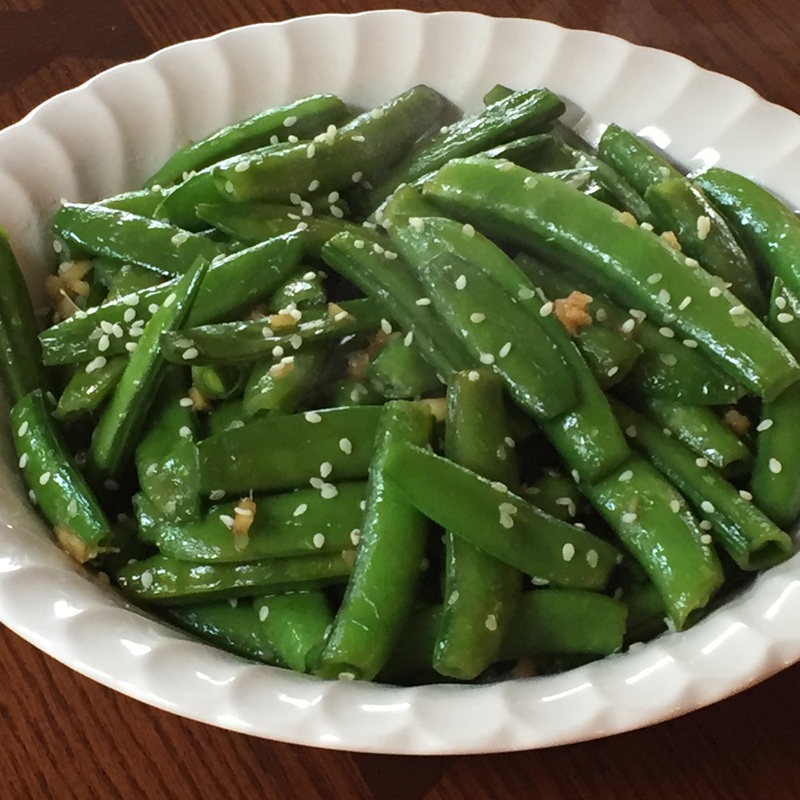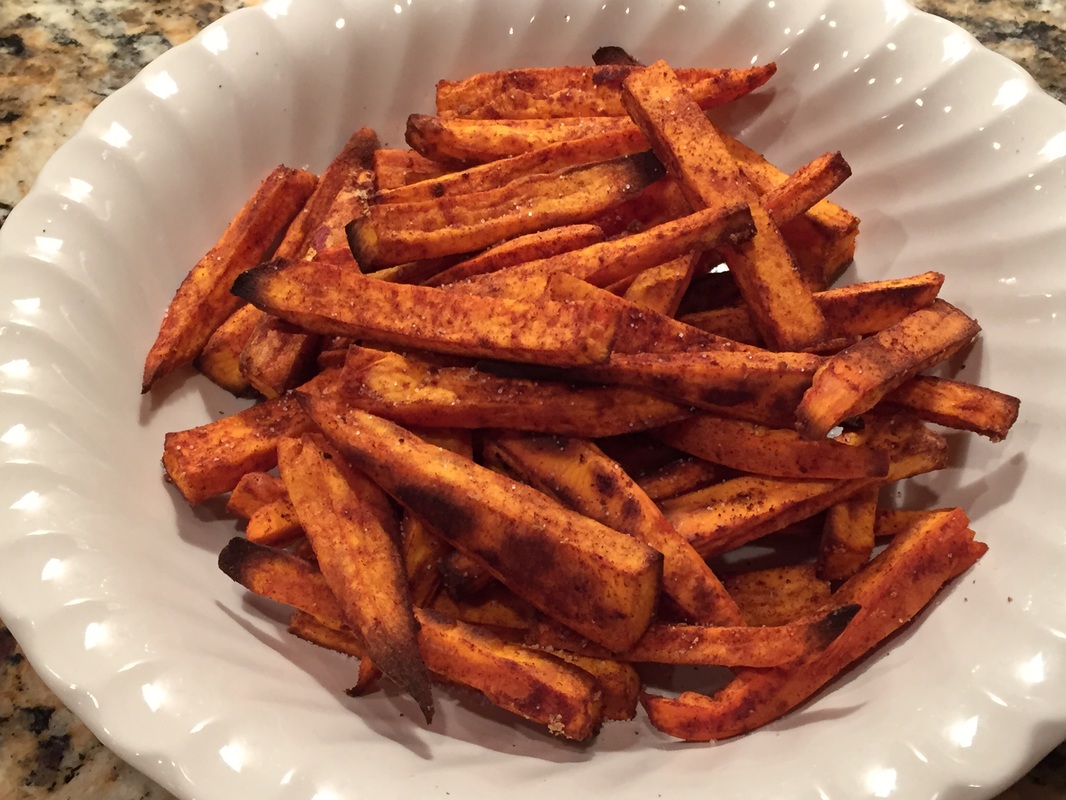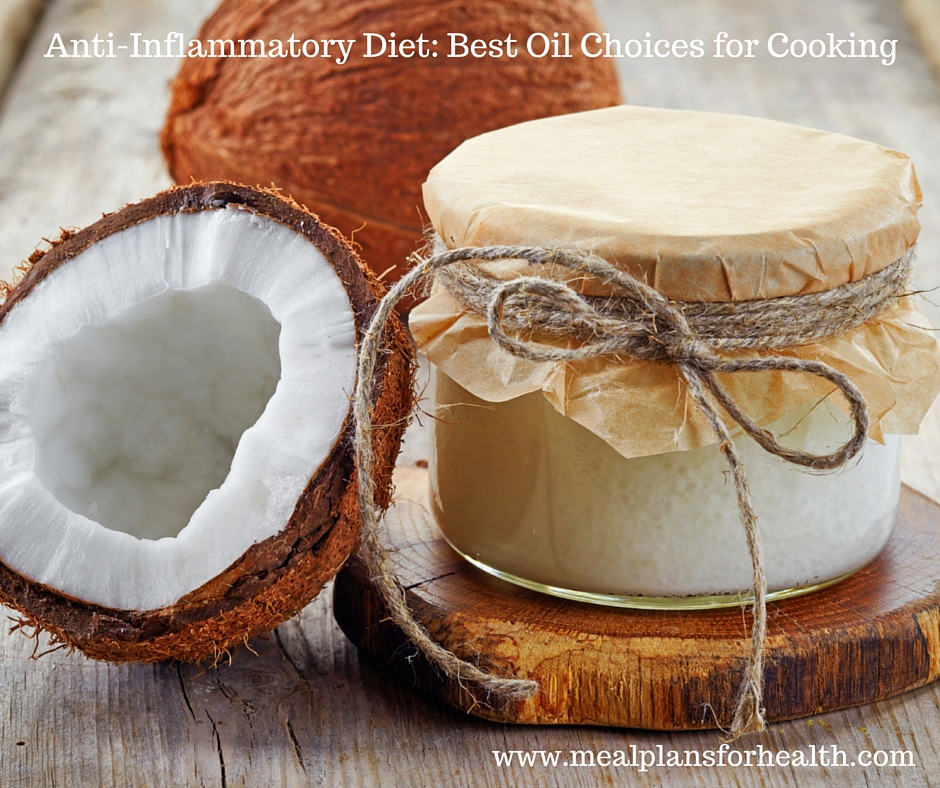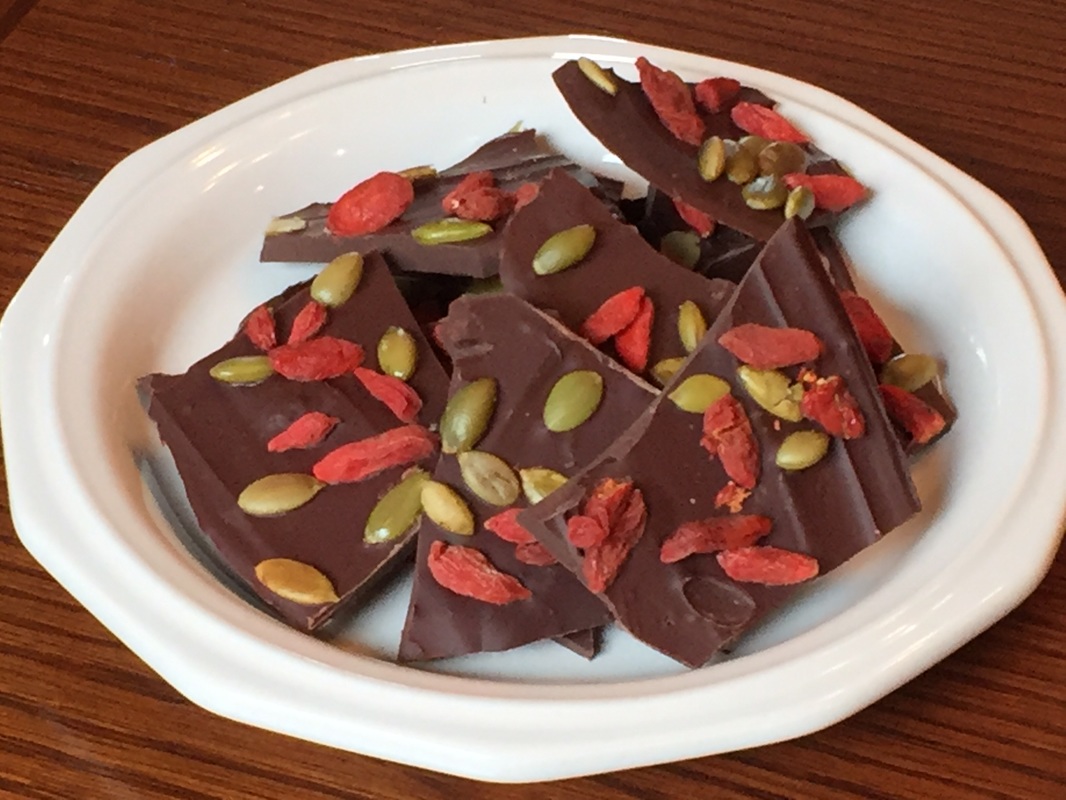|
This common hormonal imbalance affects both women and men and can leave you feeling blue, overweight, and unable to sleep. Estrogen dominance occurs when estrogen levels are too high relative to other hormones, especially progesterone. This can occur in the presence of excess estrogen or when there are deficient progesterone levels to counterbalance estrogen.
These two hormones need the presence of each other in order to correctly perform their individual roles and act like a system of checks and balances to one and another. In general progesterone calms the effects of estrogen and keeps it in check. But when their delicate balance becomes skewed, estrogen can overstimulate the brain and body and you can experience a wide variety of mild to serious symptoms including... Signs of Estrogen Dominance:
Causes of Estrogen Dominance:
Conventional medicine uses a narrow minded approach to correct estrogen dominance, typically using Hormone Replacement Therapy, birth control, or IUD's to tame estrogen levels. The problem with this approach is that it only treats the test results - low or imbalanced hormones, by replacing them. BUT it doesn't actually address the causes of estrogen dominance at all! Particularly if the person cannot metabolize excess estrogens, this type of treatment approach is like adding fuel to the fire. I was someone who experienced this personally - I spent my teens in and out of several endocrinologists and gynecologists office suffering from endometriosis, PCOS, depression and difficulty losing weight. And then spent my twenties in fertility clinics trying without success to get pregnant. Now that I understand what was really going on with my body chemistry and metabolism at that time, I also understand why none of the hormone replacement or fertility treatments were effective. My body was suffering from a chronic illness that was taxing my adrenals and throwing my metabolism out of balance, leaving my progesterone levels significantly depleted. Plus my liver detoxification pathways were overloaded because of my hidden, chronic infections and I was not metabolizing all the excess estrogens I was being exposed to in my diet and lifestyle. Using the hormone shots and tablets never worked because they just made the imbalances worse! (Wish I could have discovered this information 8 years, 4 doctors, and thousands of dollars ago!!) It wasn't until I got off the synthetic hormones, addressed my chronic candida infection, and made big changes in my diet and lifestyle that I started to lose the extra 20 pounds I had carried my whole life. And after being diagnosed with Chronic Lyme Disease and early onset menopause in 2013, I've made it my personal mission to become an expert on balancing hormones naturally and I practice what I preach everyday! As a Functional Nutritionist, my goal is to help my clients identify the specific metabolic and chemical imbalances that are unique to them using functional nutrition labs. This allows me to develop a customized diet and lifestyle protocol to correct their specific imbalances and help them meet their health goals. Here are some of my basic tips to correct estrogen dominance naturally... How to Correct Estrogen Dominance:
If this blog has resonated with you, I offer a FREE 20-MINUTE PHONE CONSULTATION, where I will review your health history and give you some recommendations on how to balance your hormones naturally. You can also learn more about how you can work with me by viewing our programs page. ~Billie DISCLAIMER: MEAL PLANS FOR HEALTH DOES NOT PROVIDE MEDICAL ADVICE. Meal Plans for Health is designed and intended for educational and informational use only. Always seek the advice of your physician or other health care provider with any questions or concerns you may have regarding your health.
0 Comments
Weight loss resistance is the inability to lose weight despite eating healthy and exercising regularly. Are you someone who lives at the gym and counts your calories only to feel defeated on the scale and deprived in the kitchen? You are not alone and its not your fault. Weight loss is much more than just calories in vs. calories out - there are a number of variables that can affect weight loss.
Try to think of your metabolism not as a calculator, but rather like a balancing scale or see-saw - everything has to be in balance in order for the see-saw to work properly, right?! This is why a caloric deficit is not enough, your body ALSO has to be in a metabolic balance or proper hormonal balance in order to drop those extra pounds as well. And if its not in proper balance, there is no amount of gym time that will make that scale budge. Plus the bad news is that hormones get out of balance very easily, especially under chronic stress of any type, since they are affected by and respond to every other system in body. When there is a stressor or small change in the digestive or nervous system for example, this sends a message to our endocrine system and our metabolism makes an adjustment in hormone secretion in order to communicate to the other body systems to compensate for this change or stressor. All of these communications effect the way we feel especially in the area of energy, cravings, and the ability to burn fat instead of store it. As a Functional Diagnostic Nutrition® Practitioner, I'm always looking for the root cause of my clients health complaints. So when someone comes to me who is struggling to lose weight despite doing all the right things, my goal is to help them identify the hidden, underlying causes that are keeping them from meeting their goals. What I see in my practice is that when we work to identify and resolve these hidden imbalances, the pounds start to come off with ease. This is information everyone should understand, so in today's What's That?! Wednesday post I'm sharing the top 4 most common hidden causes of weight loss resistance I see and what to do about them. 4 Hidden Causes of Weight Loss Resistance:
DISCLAIMER: MEAL PLANS FOR HEALTH DOES NOT PROVIDE MEDICAL ADVICE. Meal Plans for Health is designed and intended for educational and informational use only. Always seek the advice of your physician or other health care provider with any questions or concerns you may have regarding your health. Gluten free. Dairy free. Soy free. Low carb. Coleslaw is such a versatile side dish - it goes well with tacos and other Hispanic and Asian inspired dishes and works well with BBQ'ed or braised meats and even seafood.
We like to keep our coleslaw simple and clean and this recipe is a perfect balance of crunchy, creamy, and zesty. We are giving you three versions here to work with as well to please your palette and compliment a variety of meals. Simple Coleslaw: (PRINT RECIPE) Serves 4 Ingredients: Base 4-6 cups shredded coleslaw mix or 1/2 small cabbage shredded and 2 carrots, shredded ¼ cup organic mayo made from cage free eggs and olive oil or avocado oil*** 2 tablespoons non-dairy milk of choice Original Slaw: 2 tablespoons fresh lemon juice 1/4 teaspoon mustard powder 2-4 tablespoons chopped parsley Cumin-Lime Slaw: 2-3 tablespoons lime juice 1 teaspoon ground cumin 4 tablespoons chopped cilantro Asian-Sesame Slaw: Use 3 tablespoons extra virgin olive or avocado oil INSTEAD of mayo and milk 2 tablespoons sesame oil 2 tablespoons lime juice 2 tablespoons sesame seeds 2 tablespoons coconut aminos or gluten free soy sauce 4 tablespoons chopped cilantro 1/2 a small red bell pepper, sliced ***If you are sensitive to eggs, drop the mayo and use 1/4 cup olive oil or avocado oil instead.*** Directions:
Let us know what you think and share any other versions you come up with! ~Billie & Jen Gluten Free. Low Sugar. Dairy Free. Soy Free. BBQ chicken seems like an essential component to a fabulous 4th of July celebration. Paired with some baked beans and coleslaw or a seasonal garden salad and baked or grilled sweet potato wedges...perfection!
This simple BBQ marinade is low in sugar compared to most BBQ sauces so that you can enjoy some without feeling too guilty. Just be sure to use organic, no sugar added ketchup or a can or organic tomato sauce. Try this with our Simple Coleslaw and Baked Black-Strap Beans and let me know what you think. BBQ Chicken: (PRINT RECIPE) Serves 4 Ingredients: 1/2 cup organic ketchup or organic tomato sauce 2 tablespoons apple cider vinegar 3 tablespoons Dijon mustard 3 cloves garlic, minced 2 tablespoons coconut sugar or raw honey 1/4 cup blackstrap molasses 1 teaspoon lemon juice 1 ½ pounds organic, free range chicken (breast, drumstick, etc, your choice) ½ teaspoon chili powder ¼ teaspoon cayenne (optional) ½ teaspoon garlic granules ¼ teaspoon salt ½ teaspoon pepper Cooking spray Directions:
LEFTOVER IDEA: use your leftover chicken to make BBQ chicken chopped salad, BBQ chicken lettuce wraps, or BBQ chicken & hummus quesadillas (hummus replaces the cheese). YUM! Enjoy your holiday weekend with friends and family! ~Billie Gluten free. Dairy free. Soy free. Nut free. Low sugar. This is a perfect treat on a hot summer day! We use antioxidant loaded berries and touch of honey to make this super simple sorbet we know you will love! This is a great way to satisfy your sweet tooth or an ice cream craving without all the extra sugar and calories. I love using berries not only because they are packed with antioxidants but also because they are one of the few low glycemic fruits.
You do not need an ice cream machine for this recipe, all you need is a blender and 5 minutes of time, check it out... Simple Berry Sorbet (PRINT RECIPE): Makes 6 servings Ingredients: 2 cups frozen strawberries 1 cup frozen blueberries 2-4 tablespoons honey or agave 1 teaspoon lemon juice Pinch of salt Directions:
Feel free to get creative here and use your favorite fruit and fruit combinations. Some other flavor combinations I really like are: Mango-Mint, Peach, and Pineapple-Banana. Let me know what you think of this recipe and please share your creative versions! ~Billie 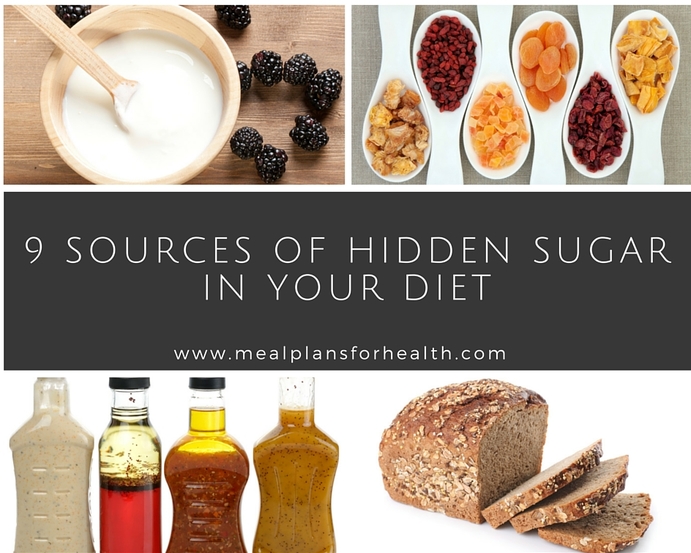 On this week's What's That Wednesday post, we discuss foods that may still be in your diet; foods you think are "healthy" but actually sabotaging your health and slowing down your metabolism and weight loss goals. Many of my clients tell me, "Ok Billie, so I eat fairy healthy already - I don't eat a lot of sugar, I avoid baked goods, candy, and soda. I eat whole grains and I also try to limit processed snack foods, but I still am not losing weight. What's the deal?!" I can relate to this because this was me most of my life until about 6 years ago. While I didn't exercise the best of eating habits in my childhood or teens, I did start to change my diet and "eat healthy" or so I thought in my 20's, but I still really, always struggled to lose weight and keep it off. Then I learned one simple nutritional rule - all simple carbs turn into glucose. Our bodies have a limited storage capacity for glucose so when you over-consume simple carbs and your blood sugar rises, one way your body compensates is to convert those glucose molecules to fat. That fat gets stored in your liver and adipose tissues (fatty tissues). This not only keeps you from losing weight but also puts you at risk for cardiovascular disease and diabetes. So, to switch your body out of the "fat storage" mode and into "fat burning" mode, its important to avoid sugar and simple carbs as much as possible in your diet. The food industry makes this difficult on us since sugar has so many names and gets slipped into just about everything these days, so you have to read every label carefully. Just because it says low sugar, sugar-free, organic, whole grain, or natural on the front of the box, it doesn't mean it's healthy. Check out my list to help you avoid some common culprits... 9 Sources of Hidden Sugar in Your Diet:
If you liked this blog, you may also like our eBook, 10 Day Sugar Detox Diet- a 10 day real food eating plan that helps you avoid added sugars and processed foods, boosts your metabolism, and kick starts your wellness goals. This eating plan includes over 30 delicious recipes, a 10-day eating plan, and grocery shopping lists. So what are you waiting for?! To preview the first few pages of this eBook as well as the recipe list and pick up a copy, simply click here. ~Billie Anti-Inflammatory. Grain Free. Dairy Free. Gluten Free. Soy Free. Low Carb. In the Spring and Summer there is an abundance of fresh herbs like basil, cilantro, and mint. I love to make homemade pesto's out of these herbs and experiment with new combinations of flavors. This recipe has a balance of spicy and sweet that you will love paired with fresh seafood or organic chicken, turkey, or pork. This pesto also tastes fabulous on grilled, roasted, or steamed vegetables like zucchini, peppers, mushrooms, squashes, or carrots.
This simple wild caught salmon dish is perfect for grilling, pan-searing, or baking. Cook to your preference then add the flavorful pesto and you have a fabulous meal loaded with healthy fats and anti-inflammatory herbs. Salmon with Cilantro-Basil Pesto (PRINT RECIPE) Serves 4 Ingredients: 4 (6-ounce) wild caught salmon filets ½ teaspoon salt ¼ teaspoon pepper ½ teaspoon garlic granules 1 tablespoon extra virgin olive oil Cilantro-Basil Pesto: 2 cups fresh cilantro 1 cup fresh basil 1/3 cup pine nuts, cashews, or pumpkin seeds 2 cloves garlic, peeled ½ teaspoon salt ¼ cup extra virgin olive oil + 1 tablespoon (if needed) Directions:
This recipes makes extra pesto which you can store in an airtight container in the fridge for up to 2 weeks or in the freezer for up to 3 months. Happy Eating! ~Billie As much as 1/3 of the U.S. population suffers from chronic constipation, or the inability to have at least one bowel movement everyday. Do you eliminate everyday or 5-6 days a week at the very least? If you answered, "No" to this question, you are gonna want to continue reading.
Warning...personal disclosure ahead...I've suffered from chronic constipation my entire life. I constantly felt bloated and had a painful, swollen belly almost everyday. I remember suffering through classes, meetings, flights, exercise and sporting events, and even social engagements with horrible stomach pain dying for the moment I could go home, get in my p.j's and curl up in the fetal position in bed! Constipation prevented me from feeling good about my body, prevented me from losing weight, and left me feeling constantly tired, sluggish, and depressed. Can you relate? I worked with and was evaluated by several doctors over several years including a gastroenterologist, endocrinologist, gynocologist, and an internal medicine doctor. I was given an IBS diagnosis and was told it was likely I would have this problem most of my life and that laxatives, fiber in the form of Metamucil, and pharmaceutical medications were my best "treatment" options. I used some of these remedies on and off for several years but was never able to overcome my constipation. Around the time I turned 30 I decided to do a 30 day detox with a friend which required eating only whole, unprocessed foods and juicing daily. I noticed that after a couple weeks on this diet, I had not only dropped 10 pounds but was also FINALLY eliminating EVERYDAY! By the end of the 30 days, I had said goodbye to chronic constipation, bloating, pain, and embarrassment and was determined to stick to a whole-foods based, anti-inflammatory diet. I was so inspired by my experience that a couple years later I changed my career, went to back to school, and become a Functional Nutrition Health Coach so that I could help others rid themselves of this and other chronic symptoms that keep them from enjoying their daily life. You don't have to live with constipation and you don't have to take pharmaceutical medications or daily Metamucil to have regular bowel movements! Check out this week's What's That?! Wednesday post where I share my top tips and home remedies for relieving chronic constipation. 12 Tips for Relieving Constipation:
What other home remedies work for you? I'd love to hear your constipation remedies as well as any questions or feedback below. Thanks for tuning in and catch ya next week friends! ~Billie DISCLAIMER: Please be sure to inquire about all nutritional supplements and home remedies with your physician or healthcare practitioner to make certain there are no contraindications with medications, etc. The information shared here should not be seen as medical or nursing advice and is certainly not meant to take the place of your doctor's recommendations. If you are pregnant or breastfeeding, please check with your doctor before adjusting any of your medications or supplements. DO NOT do enemas or castor oil packs if you are pregnant or breastfeeding. Always consult with your physician before making any changes. I've shared some of my personal health battle against Late Stage Chronic Lyme Disease on and off on this blog. And since May is Lyme Disease Awareness Month, you will be hearing a bit more about my journey and how I'm slowly healing from this devastating illness. Along the way, I hope to provide some insight into some of the daily at home, self-care, and detoxification remedies that I use to keep myself healing physically, emotionally, and spiritually.
I strongly believe that you cannot heal from this disease or any chronic illness with just medications alone. You've got to dig down deep, make some sacrifices, implement changes, and make commitments to yourself to really heal from chronic illness. When your body has been chronically ill, it is toxic and supporting your body to appropriately eradicate those toxins is a must do or you simply will not get well. While your doctor or other practitioners may suggest or prescribe medications, supplements, or herbal remedies that will be helpful in this area - this is simply not enough for someone who has been ill for a very long time. This is where the expert help ends and you are the one with the responsibility to treat and support your body in a healing way. It's a choice you have to make everyday. But...a daily practice of detoxification and relaxation strategies can very hard for someone who is ill to implement. I totally get it! This is a learned practice, especially for those who are used to putting others needs before their own. I have to continually motivate myself and "keep myself in check" to stay on track and make sure I have dedicated the time to focus on my self care. One way I do this is by making my daily self care strategies my first priority. For example, I often start my day with some yoga stretches, followed by doing a castor oil pack while listening to a guided meditation. I also block off time to take a detox bath about 5-7 days a week in the afternoon or early evening to help my body unwind from my day. I usually incorporate my EFT and positive affirmations during bath time as well. Yes, I'm still a "multi-tasker" at heart:) Then some days I will also do a coffee enema or an ionic foot bath. These are my weekly self-care rituals I try to stick to...am I perfect? Absolutely not! But if I miss a day or don't do all of it one day I try not to beat myself up. Tomorrow is a new day to chose healing, choose positivity, and choose putting myself first! The longer I've been dedicated to these types of practices, the easier they are and the more I look forward to doing them rather than having to make myself do them. This has taken me almost 3 years to slowly incorporate these practices regularly, but if I can do it, so can you! Last week, I shared my 10 Self-Care Practices to Promote Healing & Relaxation and this week's post is dedicated to one of the at home detoxification practices I use weekly: enemas! To be very honest, getting started with this practice was very hard for me - doing ENEMAS, sounded a bit scary and overwhelming to me. This may be something many of you are thinking right now as well! But I did it and cannot say enough how much this practice has helped me to decrease my toxic load and reduce my die-off symptoms and flares from treatment. Big shout out to my fellow Lyme warrior's and friends - Christie & Shelly for inspiring me to start these about a year ago! Love you ladies! So....in this week's What's That?! Wednesday post, I share my top three favorite home enema remedies, the benefits of each and how to do them! Check it out... First, Here is What You Will Need to Do an Enema at Home:
3 Types of Enemas to Boost Detoxification & Improve Gut Health:
How to do an Enema:
Each time you do these they will get easier and easier and you will feel better and better. Remember, you are the one that gets to make the choice everyday to support your body to heal or prevent your body from healing. Choose yourself, choose positivity, choose healing! Are enemas something you do regularly? What benefits have you seen? What types are your favorite? I'd love to hear your experiences and stories in the comments below! Happy healing friends! ~Billie DISCLAIMER: Please be sure to inquire about all home remedies including enemas with your physician or healthcare practitioner to make certain there are no contraindications for you. The information shared here should not be seen as medical or nursing advice and is certainly not meant to take the place of your doctor's recommendations. If you are pregnant or breastfeeding, I highly advise not doing enemas of any kind. Always consult with your physician before making any changes. Are you someone that forgets to take care of yourself? Is your life in constant "go-mode"? Are you suffering from a chronic illness or chronic stress? Most of us these days have busy, go-go lifestyles and we tend to save self care for very last on our "to-do" lists. I get it! Your busy and you don't think you have time to take care of yourself.
In fact, I used to be the same exact way, until that lifestyle caught up with me and then I slowly became sicker and sicker and about 4 years ago I was finally forced to resign from my job at the time. I had built my life around my work, my work schedule which included frequent travel, and the unreasonably high expectations I had set for myself in terms of life and career goals. I was at my computer very early every morning and sometimes late into the evening. I was also very much a "people pleaser" and when I wasn't working, I would devote my energy to attending social events, hosting dinner parties, helping friends or family, and I even took on a second job. I was always running late or behind on everything I did because I ALWAYS over-committed myself. Sound familiar?! BUT....I had a high tolerance for the pain and fatigue that I felt everyday and was driven to "power through" and "meet my life goals". I rarely had any downtime or quiet-time and if I did, I would sleep since my body was desperately screaming "REST WOMAN". I got sick easily and much more often than any of my friends in their early 30's. Then about 6 years ago my lifetime of mild depression turned into severe depression, I suddenly had high anxiety about the smallest of things, and I noticed that my brain just wasn't able to focus and process things like it used to. I realized I couldn't do basic math in my head or remember my phone number any longer. I even got lost driving home from the grocery store one day in my own neighborhood! I worked from home so in terms of flexibility, I had a lot, but it wasn't enough and my boss at the time urged me to take some time off for myself and figure out why I was sick and couldn't get well. At this point, I was in so much pain and so run down that could barley even walk around my house. My very stubborn self finally gave in and realized that my boss my indeed right - thank you Regi! I needed to take some time for MYSELF and figure out how to get well again! About 6 months after I left work I was finally correctly diagnosed with the disease that had been plaguing me for the last 20 years - Late Stage Chronic Lyme Disease. I was also diagnosed with an "army" of other pathogens that had made their home in my body besides the Lyme. I was so sick I didn't leave my bed or couch most days and found it difficult to do basic things like take a shower. I was completely non-functional physically, mentally, and emotionally! I often see this same commonality among those who are chronically ill, like my fellow Lyme Disease warriors. We are those who give the most to others and save no time or energy for ourselves. But if you don't slow down, self-access, re-prioritize, and make time for self-care, it won't be long before the constant stress continues to deplete your health and symptoms start to appear. Symptoms like insomnia, fatigue, pain, depression, and anxiety are all small "signs from our body" that something is out of balance or not working optimally. I IGNORED the signs and "powered through". Don't be like me! Don't wait until you have a chronic, deadly illness to make time for self care in your life - trust me- not a fun way to go! These days my everyday life revolves around my self-care, it comes FIRST! I COME FIRST! Treatment for Lyme Disease the last 3 years has been very rigorous and the self-care portion is just as important, or MORE IMPORTANT, than the medications that I use to treat my illness. When I don't focus on self care, I find that treatment is more difficult, I don't make much progress, and my symptoms escalate quickly! The truth is that our bodies need time to heal and rest EVERYDAY no matter if you are sick or not. And it's YOUR RESPONSIBILITY, not your doctor's, to make self-care a priority in your life. You are in charge of whether or not your body, mind, and spirit are in a "healing place" or a place or stress, pain, and fatigue! So what do I mean by self-care? Focusing on self care means implementing small habits into your life EVERYDAY to give yourself the attention and care you need in order to lead a truly healthy and balanced life physically, emotionally, and spiritually. The self-care practices below are simple to implement into your life and don't require a lot of time or money. Start by picking 1-2 things on this list and make them a priority in your day, EVERYDAY. Block off self-care time on your schedule if you have to - seriously!! Repeating these practices everyday will slowly make them habits in your life and that's when change, wellness, and more balance and peace starts to happen friends! Even though everyday is still an uphill battle for me and treatment is very difficult, I have a much more balanced, present, and healthy mind and spirit than I ever have. I've found my place in the world and have purpose, reason, and hope to continue to fight my illness with courage everyday and make my life my own! I did this by focusing on self care and you can to. Check out this week's What's That?! Wednesday post below... 10 Self-Care Practices that Promote Healing & Relaxation:
Because I center my energy around self care first and my passions second, I'm leading a much more fulfilling present life than I was before and I'm helping others do the same which brings me enormous joy and motivates me to continue to focus on my own healing as well! I hope you've found this long (sorry) blog helpful:) What are your daily self-care practices? I'd love to hear your feedback! ~Billie 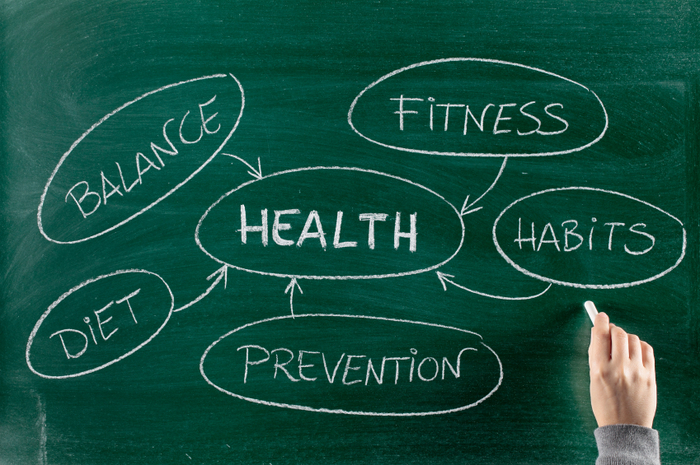 Are you suffering from stubborn health problems that won't go away no matter what you try? Things like constipation, diarrhea, acid reflux, migraine headaches, chronic joint pain, fibromyalgia, chronic fatigue, inability to lose weight, eczema or skin rashes, or chronic brain fog are some of the most common symptoms related to specific immune reactions to the foods we eat. In fact, the evidence continues to grow that sensitivities to food are what's behind many of our ongoing health problems. Experts believe that as many as 50% of us may be experiencing adverse symptoms that can make it difficult to maintain a healthy weight and may keep us from reaching our health and wellness goals. In this week's edition of What's That Wednesday?! we will talk about the most common symptoms and give you some action steps to find out if food sensitivities are affecting your health. Food Allergies vs. Food Sensitivities: It's common to use the words allergy and sensitivity interchangeably, but its important to understand that they mean slightly different things. A food allergy is FIXED and when triggered causes an immediate immune response; release of antibodies into the bloodstream to combat inflammation and potential organ dysfunction. Once you have a food allergy, for example to shellfish or nuts, you are generally allergic forever and must completely avoid that food. A food sensitivity is VARIABLE, meaning that the immune response might be slower and more subtle and your symptoms may change or shift overtime. Food sensitivity reactions can be delayed for hours or even days after ingestion. And often, food sensitives are dose related. This means that a small amount of a certain food may not cause noticeable symptoms, but a larger amount does. This makes them a little harder to understand and identify. Testing for Food Sensitivities: The truth is that many MD's do not recognize food sensitivities because standard food allergy testing may not be precise enough to detect low levels of food substances that could cause symptoms. For example, an allergist will give you an ELISA IgG blood test, but often times these result in a false negative because this test only detects one type of food reaction, type 3, which only covers about 25% of all food sensitivity reactions. For my clients, I recommend and order a MRT (Mediator Release Test) Food Sensitivity Test since this test has been shown to be the most comprehensive on the market because it is able to test for the one thing that all food sensitivities have in common - an inflammatory reaction! All diet-induced inflammatory reactions release proinflammatory and proalgesic "mediators" from white blood cells. "Mediators" include cytokines, histamine, leukotrienes, prostaglandins, etc., from neutrophils, monocytes, eosinophils, and lymphocytes that lead to all the negative clinical effects a food sensitivity sufferer endures. The MRT test measures these "mediators" or inflammatory responses to 150 different foods and food chemicals and gives you a list of RED (avoid), YELLOW (eat in small amounts), and GREEN (non-reactive foods that are safest and best). This test is a very effective tool and I consistently see significant clinical improvement in my clients by implementing a diet based on the MRT results. If you'd like to understand if the MRT test is right for you or if you are interested in having an MRT test ordered for you, I offer a free 15 minute phone consultation. Just contact me to set up a time - I'd be honored to speak with you! Top 5 Most Common Food Sensitivities:
Other common foods that cause sensitives include: eggs, citrus, beans, nuts, yeast, fish/shellfish, and nightshade vegetables (tomatoes, potatoes, eggplant, and peppers). Most Common Food Sensitivity Symptoms:
If you have any of these symptoms on a regular basis - daily or even weekly, your body is telling you that something or somethings are out of balance. And it could be as easy as changing some of the food you eat! Foods that our body is sensitive can initiate an immune response reaction that can lead to certain hormones like insulin and cortisol to be released in larger than desired amounts- these are both "fat storage hormones" and will signal your body to store fat in those hard to get rid of places like your belly, hips. thighs and the back of the arms. Properly identifying and removing foods that you are sensitive to can make a HUGE difference in your quality of life - and this is something I can attest to personally. A few years ago, after going through an elimination diet myself, I learned that I in fact had sensitives to gluten, dairy, citric acid, yeast, and nightshade vegetables. When I eliminated these from my diet, I dropped the 15 extra pounds I'd been carrying around all my life and could never get rid of, saw my lifelong IBS symptoms completely disappear, my energy increase, and my menstrual cycle completely balance out. Then earlier this year, I suddenly had some rashes appearing regularly on my torso , so I decided to do another MRT test to learn what may be affecting me in addition to the sensitives I had already cut out. After adjusting my diet to incorporate the tests results, my rashes cleared within a couple weeks. This was a reminder to me that food sensitivities can change over time, especially for those who are chronically ill with infection or autoimmune conditions. So what are you waiting for?! Follow these simple steps below to find out if food sensitivities are derailing your health goals. Steps to Take For Finding Food Sensitivities:
Once you've identified the foods that make your body feel sick, you can get rid of them from your diet permanently and enjoy a healthier you without the extra chronic symptoms of pain, fatigue, and digestive distress! If you find that you have many foods you are sensitive to or if this process seems overwhelming to do on your own - we've got your back! Our nutritional coaching services provide expertise, support, and most importantly, DELICIOUS and EASY RECIPES, as you go through the elimination diet. Our goal is to help you feel satisfied and not deprived and make the process as successful and seamless as possible. Please let us know if we can be of any help to you. In good health, ~Billie & Jennifer Most of today's modern diseases like diabetes, heart disease, and the extraordinary amount of autoimmune conditions like: rheumatoid arthritis, fibromyalgia, chronic fatigue syndrome, Lyme disease, multiple sclerosis, Crohn's disease and IBS all have one thing in common - chronic inflammation!
Inflammation is our body's protective and healing response to injury or invasion. The type of inflammation that we all know and can relate to includes pain, swelling, redness, heat, and fever. But when inflammation persists and/or the immune system becomes 'overactive,' it can damage the body and cause illness not only acutely, but also slowly and silently over time. The main causes of inflammation in our bodies are: disease (pathogens, bacteria, virus, fungus, etc), excess adipose/fat tissue, genetics, smoking, stress, environmental toxins, and FOOD! The foods that have been shown to increase inflammatory responses the most include: refined carbohydrates, sugars, most processed and pre-packaged foods, trans fats, non-organic produce, grain fed animal protein, as well as gluten, dairy, and soy. Avoiding the foods listed above is the most important thing to do, but in order to combat and reverse chronic inflammation, you need to include foods that will nourish your immune system, boost your antioxidant and nutrient intake, and heal your body. And in this week's What's That?! Wednesday I give you eight foods to start with plus a few recipes for each of these foods so that you can easily incorporate them into your diet! Check it out... Top 8 Anti-Inflammatory Foods:
I'm sure this gives you plenty of recipes to get started with, but if you need more, we offer Anti-Inflammatory Meal Plans and Cookbooks that are packed with recipes that your whole family will love! Thanks again for tuning in to this week's What's That?! Wednesday post. Our anti-inflammatory eating guidelines will continue into next week's post, so stay tuned for more information and inspired recipes to come! ~Billie References: 1. University of Maryland Medical Center 2. Cancer News Gluten, Dairy, Soy Free, Low Sugar, Anti-Inflammatory We call this smoothie the "sneaky green smoothie" because the berry flavor is delicious and dominant, making it very easy to hide some healthy leafy green vegetables:) This is a perfect way to get some greens into picky eaters like kids and maybe even your spouse!
In fact starting your day with a green smoothie can help to boost your metabolism and energy for the day, improve digestion, and reduce cravings for sugar and carbs later in the day. Plus berries are loaded with antioxidants that help neutralize free radicals that can lead to disease and early aging in your body - especially blueberries which are one of the top anti-inflammatory foods on this planet! To learn more, check out our blog, Top 8 Anti-Inflammatory Foods. Sneaky Green Berry Smoothie: (PRINT RECIPE) Serves 2 Ingredients: 1 cup organic spinach 1 -1 ½ cups lighter greens like romaine or cucumber ½ cup frozen organic berries of choice ½ of a ripe avocado, peeled & de-seeded 2 cups unsweetened non-dairy milk of choice (like almond, coconut, or hemp) 2 servings protein powder (2 scoops) 2 tablespoons ground organic flaxseed or chia seeds Directions:
Enjoy friends! ~Billie Gluten Free. Dairy Free. Soy Free. Low Carb. Anti-Inflammatory These mini salmon cakes are moist on the inside with a slight crunch on the outside. They are busting with flavors but contain very simple ingredients so they come together easily and keep well for leftovers. Remember to choose wild caught salmon to prevent consuming harmful PCP's and antibiotics. Wild caught salmon is an excellent source of Omega-3 fatty acids, which are know to be one of the most powerful medicines when it comes to reducing inflammation. Healthy, versatile, and delicious - I know you will love this recipe! Check it out...
Quick Salmon Dill Cakes: (PRINT RECIPE) 4 Servings Ingredients: 20 ounces wild caught salmon (canned or pre-cooked)* 2 tablespoons fresh dill ¼ red onion, minced 3 heaping tablespoons ground flaxseed 1 egg, lightly beaten 1 tablespoon Dijon mustard (optional) ½ teaspoon salt ½ teaspoon pepper 1 tablespoon organic ghee or coconut oil 1 lemon, cut into wedges Directions:
*Trader Joes sells 14.5-ounce cans of wild caught salmon for like $3.49; best price by a long shot I’ve found out there. Or you can buy fresh wild caught salmon filets. Add some salt, pepper, and lemon juice and bake in the oven at 400 degrees for 8-10 minutes. Then shred to make the “cakes”. These also taste great cold – I like to double this recipe so that I can toss the leftover patties onto a salad for a great healthy lunch option. I hope you enjoy these as much I do! Leave me some feedback below if you try them out! ~Billie Some of the most potent, anti-inflammatory foods on this earth are in the form of herbs and spices. They can add loads of antioxidants, minerals, and vitamins to your meals plus they enhance the flavor profile as well:) Including these in your diet regularly can boost detoxification, help to stabilize blood sugar, combat oxidative stress and early aging, and lower inflammatory symptoms that cause pain, fatigue, and brain fog. Adding herbs and spices to your meals is an instant nutritional and flavor upgrade for your diet without adding any calories!!
In today's What's That?! Wednesday post, I will share the top 8 anti-inflammatory herbs and spices and their health benefits, as well as give you several of my favorite recipes so you can easily and deliciously incorporate them into your diet! Eating a diet rich in anti-inflammatory foods is recommended for anyone suffering from a chronic illness, an autoimmune disease, Lyme disease, diabetes, or heart disease. Inflammation is at the core of all of these illnesses and food can be the best and most potent medicine to bring you back to health! Check it out... Top 8 Anti-Inflammatory Herbs & Spices:
Which recipes sound best to you? Did you find this information helpful? I'd love to hear your comments:) Thanks for tuning into another What's That?! Wednesday post...I've got more Anti-Inflammatory Nutrition coming up on next week's edition. ~Billie *References: Gluten, Dairy, & Soy Free. Anti-Inflammatory Meal. This is an amazing hands-off recipe that will give you enough food for at least a couple meals depending on the size of your family. Turmeric is one my favorite anti-inflammatory spices and this dish is a perfect way to boost your intake. The chicken comes out moist and delicious and practically falls off the bones. Plus you can use your bones to make some organic chicken bone broth as well! FYI - Don't worry about the small amount of moisture used in this recipe, the chicken will release a lot more as it cooks so you really don't need to add more than 1/2 cup.
I like to take the leftover chicken and use it in other meals like over a salad, shredded into a soup or stew, or mixed into my Turmeric Chicken Salad Lettuce Wraps. This gives you some healthy, quick protein for easy lunches or an evening when you don't have any time to cook! Crockpot Roasted Turmeric Chicken: (PRINT RECIPE) Servings 8-12 (depending on the size of your chicken) Ingredients: 1 (4-6 pound) whole organic, free-range chicken ½ a large lemon, sliced into wedges 4 cloves garlic, peeled and left whole 1 large onion, peeled and sliced into large half-moon shapes A few sprigs of fresh herb or herbs of choice (sage, rosemary, thyme, oregano, etc) 1 teaspoon ground turmeric 1 teaspoon dried thyme 1 teaspoon salt ½ teaspoon black pepper (optional) 1 teaspoon garlic powder ½ cup organic chicken or vegetable broth or filtered water Directions:
If you want to make organic chicken bone broth – this is great opportunity to do so. After you’ve sliced all the meat off the bones, place the carcass and bones back into your crockpot. Keep the onions in there too– and then add 8-12 cups water, depending on how much your crockpot holds, 3 tablespoons raw apple cider vinegar (to help draw minerals out of the bones), & a few more sprigs of herbs of choice (I recommend thyme and parsley). Cover and cook on low for 10-12 more hours. Run through a fine mesh strainer to isolate broth when its done cooking. Store broth in fridge for up to a week or in the freezer for up to 3 months. Check out our blog, Health Benefits of Bone Broth & How to Make It to learn more. I like to serve this dish with some fiber based carbohydrates like roasted squash or my Salty, Cinnamon Sweet Potato Fries and some steamed or sauteed green vegetables. Try my Ginger Snap Peas/Snow Peas -as ginger pairs very well with turmeric:) Enjoy friends and let me know what you think! ~Billie Gluten, Dairy, & Soy Free These snap peas are a lovely Spring and Summer side dish to round out your meal. They are super simple, but loaded with flavor and healing foods like ginger which is very helpful for digestion and reducing gut inflammation. Try this dish paired with my Crockpot Roasted Turmeric Chicken and Salty, Cinnamon Sweet Potato Fries for a perfectly balanced anti-inflammatory meal! You can use sugar snap peas, snow peas or even green beans in this recipe - which ever you prefer:)
Ginger Sugar Snap Peas: (PRINT RECIPE) Serves 4 Ingredients: 1 teaspoon coconut oil, melted 1 teaspoon sesame oil 4 cups snow peas or sugar snap peas, trimmed (or even green beans) 1-3 teaspoons fresh ginger, minced (depending on how "gingery" you like it) 1 tablespoon coconut aminos (a gluten & soy free soy sauce substitute) Salt and pepper to taste Directions:
Yum, yum, yum!! Enjoy.... ~Billie Gluten, Dairy, & Soy Free Sweet potatoes are a great source of antioxidants, beta-carotene, and Vitamins A & C to support a healthy immune system. Because they are more fibrous than white potatoes, they have a lower glycemic response and fall into the “good carb” category! Cinnamon can also help to reduce sweet cravings –an awesome bonus! Plus these sort of taste like you are having a dessert:) This is just one of over 30, clean food dishes in our 10 Day Sugar Detox eBook, a 10 day clean eating guide to help you ditch processed foods, beat cravings, and boost your nutrition!
Salty, Cinnamon Sweet Potato Fries: (PRINT RECIPE) Serves 4 Ingredients: 2 medium sweet potatoes, sliced into fries* 1 ½ tablespoons coconut oil, melted 1 teaspoon ground cinnamon 1 teaspoon sea salt Directions:
*You can peel your potatoes, but we leave the peel on for the extra vitamins. You can also chop these into small cubes if you prefer instead of fries- either way they are delicious! Enjoy friends! ~Billie When it comes choosing to healthy oils, there are two important things to consider; the type of fat (pro-inflammatory vs. anti-inflammatory) and it's heating capacity. Its very important to understand that anytime you heat an oil, you risk overheating it past its smoke point, which can cause oxidation and lead to the formation of carcinogens and other unhealthy compounds that are toxic to consume.
Additionally, the type of oil or fat you use is enormously important. Much of our food supply, especially processed and restaurant foods use harmful polyunsaturated oils that have a high ratio of Omega 6 to Omega 3 fatty acids like corn, soy, and sunflower oils. These oils have a 54:1 to 71:1 ratio and current research clearly shows that it is this skewed ratio that may be one of the biggest contributing factors to the rising number of autoimmune diseases like morbid obesity, diabetes, fibromyalgia, Parkinson's, Alzheimer's and more. Check out our blog, Omega-6 & Omega-3 Fats for an Anti-Inflammatory Diet to learn more and see our recommendations on the healthiest and most harmful choices in this category. Now that we've covered the two most important criteria for choosing a healthy oil, the rest of this week's What's That?! Wednesday post will walk you through my recommendations for the healthiest oil choices that can help to reduce inflammation and prevent disease. Plus several recipes to help you incorporate these oils into your diet... Best For High Heat Cooking:
Best for Medium-Heat Cooking:
Best for No-Heat Cooking:
Thanks for tuning into this week's post...next week, we will continue the Anti-Inflammatory Diet theme. I will be sharing the Top 10 Anti-Inflammatory Herbs & Spices as well as several new recipes so you can get these medicinal foods into your diet with ease! ~Billie Grain free. Gluten free. Dairy free option. This recipe is a perfect way to make your own "candy-like" dessert at home. Dark chocolate bark is super simple to make and does not require an oven or a stove top. It only takes about 10 minutes of your time and you can customize this recipe to meet your taste buds. For example, instead of pumpkin seeds and goji berries try: shredded coconut, chopped almonds, walnuts, or macadamia nuts or some craisins. I like this combination because pumpkin seeds and goji berries are super-foods that are packed with additional antioxidants - always a good thing:) Enjoy...
Pumpkin Seed Goji Berry Dark Chocolate Bark (PRINT RECIPE) Makes 10-12 servings Ingredients: 1 cup dark chocolate chips or 1 (8-ounce) dark chocolate bar (70% or higher) or vegan chocolate chips/carob chips 3 tablespoons raw pumpkin seeds 3 tablespoons go-ji berries ¼ -½ teaspoon coarse sea salt (optional – for a salty-sweet taste) Directions:
Let me know what you think and what your favorite combinations are! ~Billie |
Billie Shellist, FDN-P
I practice functional nutrition, an approach that allows me to look at your entire health history and help you find the "root causes" of your chronic health complaints. This cuts out the trial and error process and helps you get real symptom relief and resolution! Food is medicine and knowledge is power -I hope you enjoy my anti-inflammatory recipes which are gluten, dairy, and soy free as well as very low grain and sugar. If you'd like to heal from the root cause(s) of your chronic symptoms, try starting with a complimentary 15-minute consultation. Click here to request your free session. |


